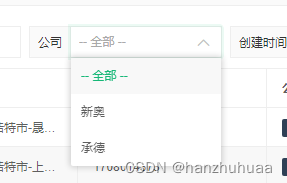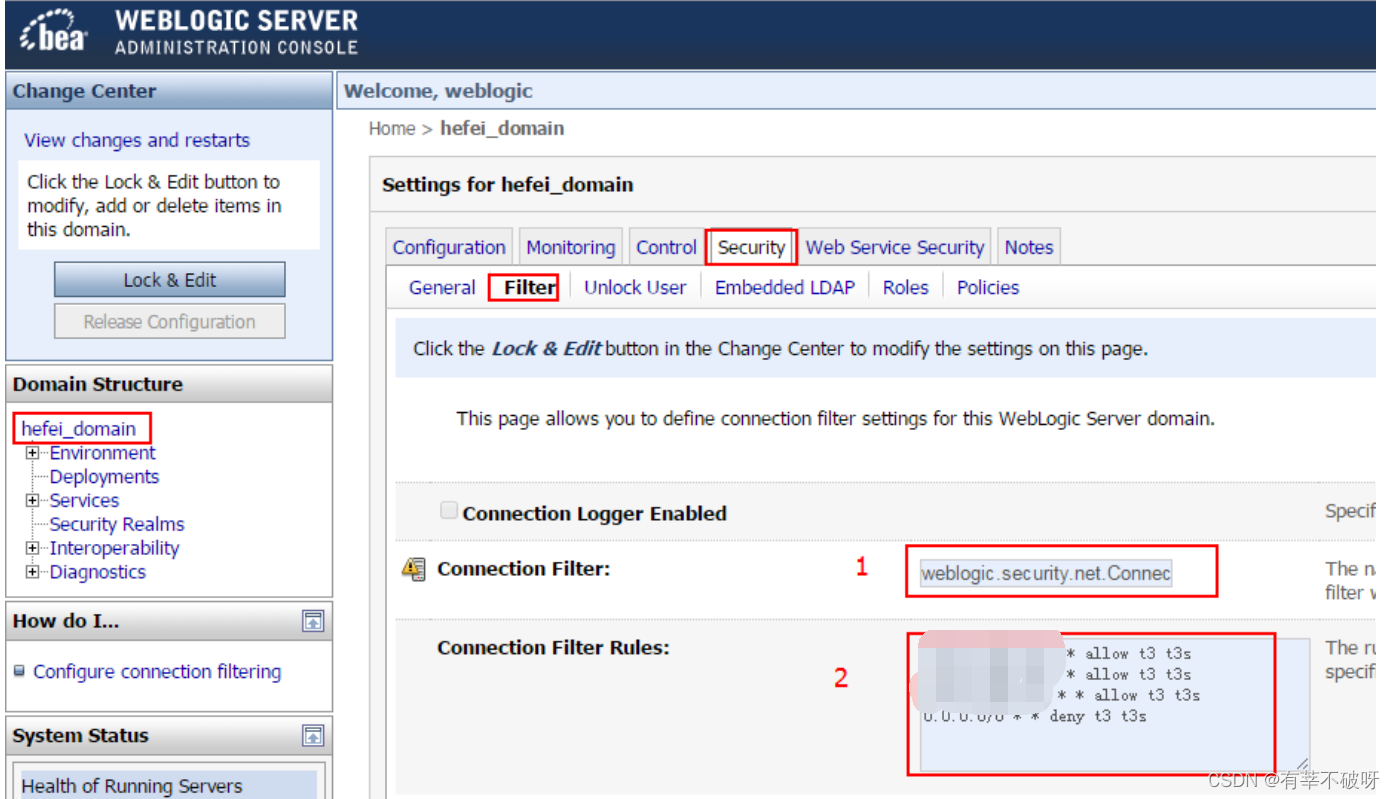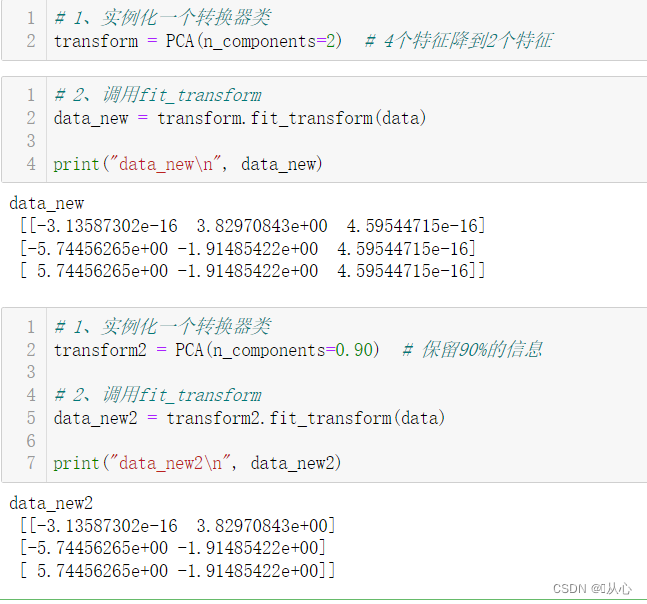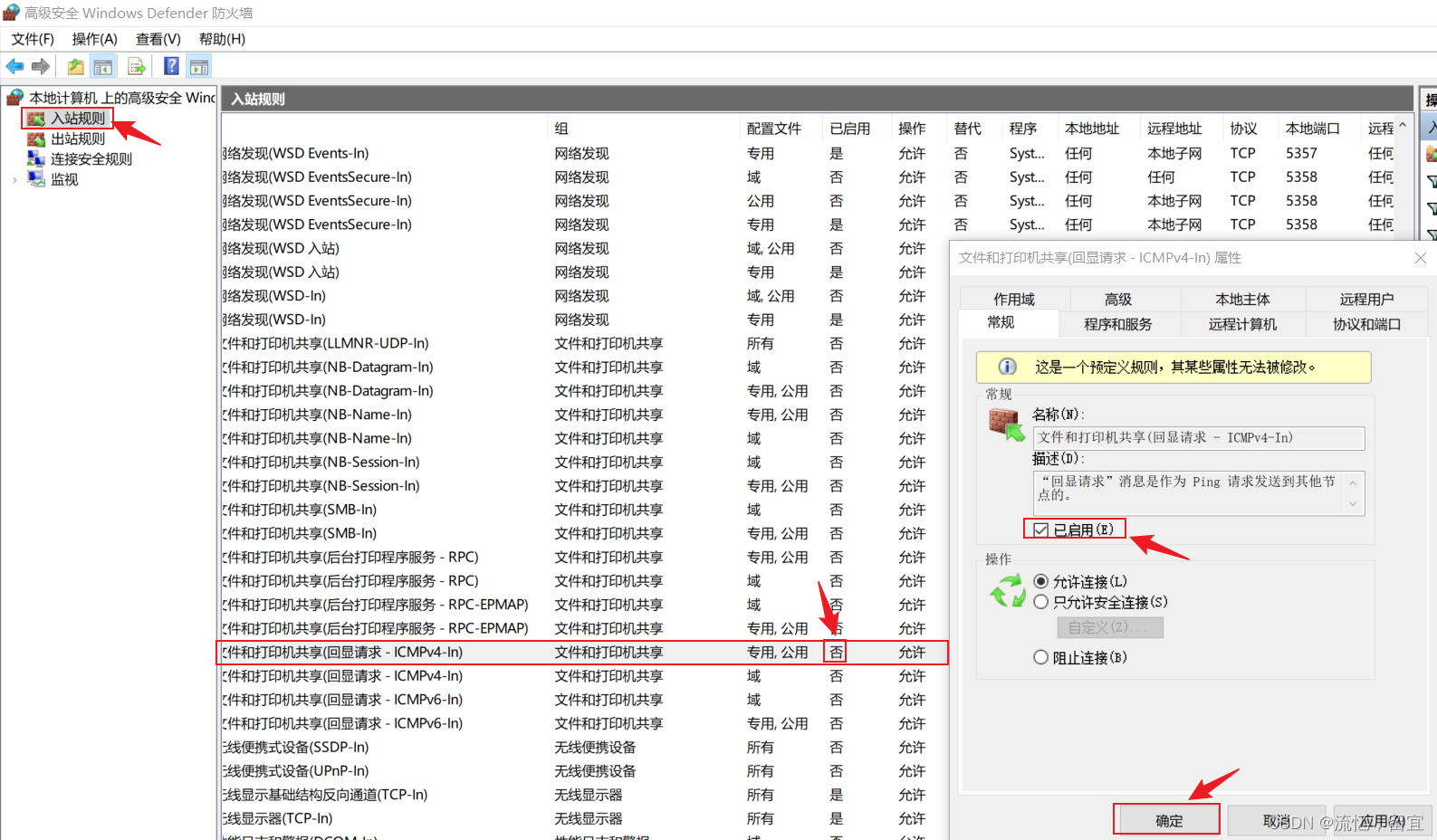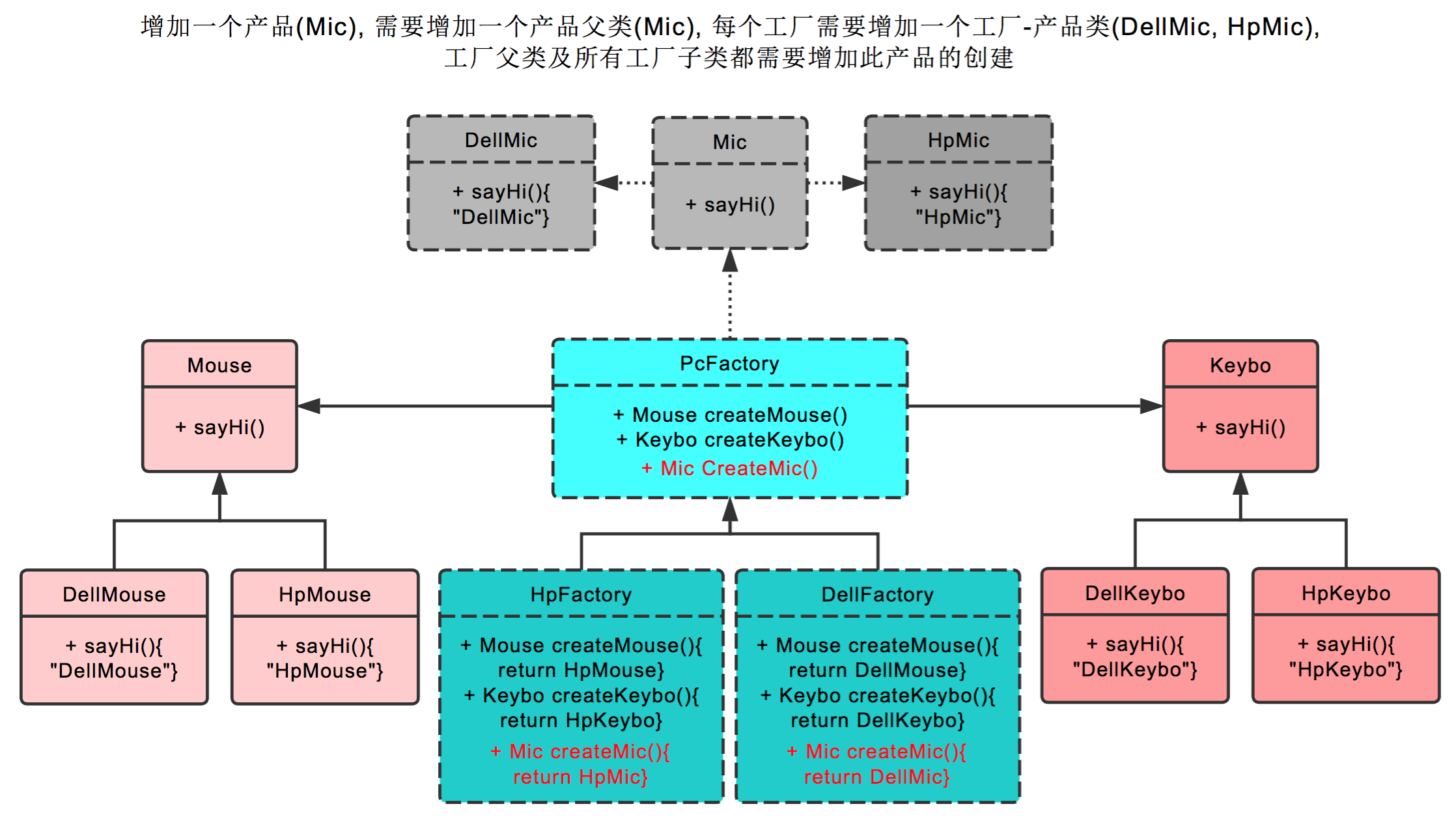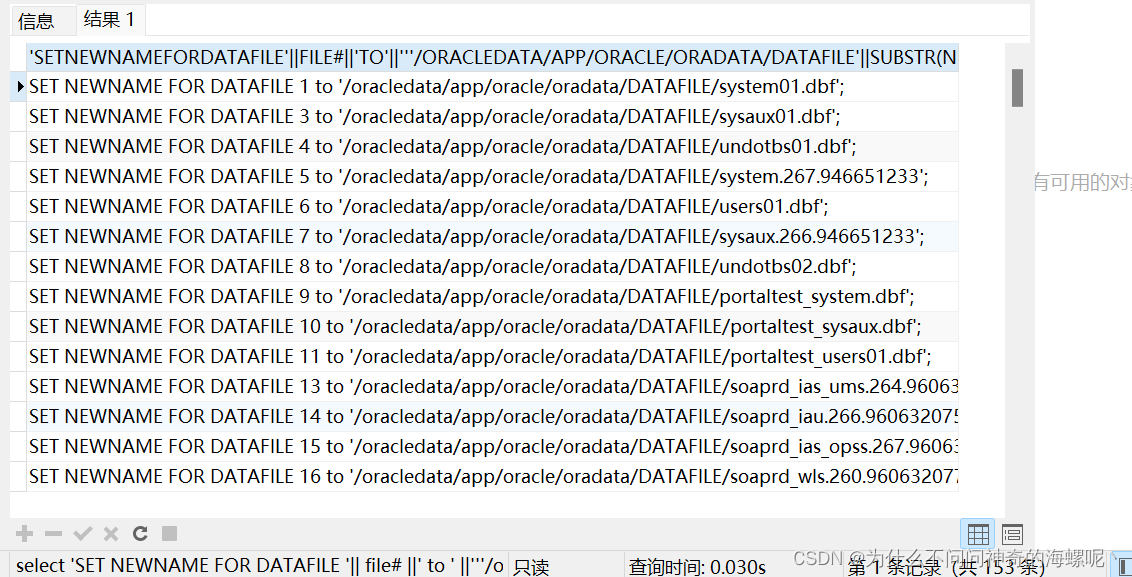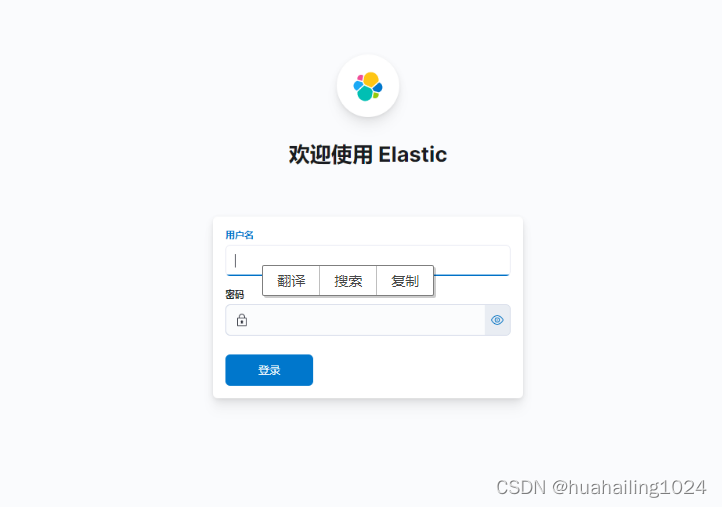
使用 Maven 的 dependencyManagement 管理项目依赖项
介绍
在开发 Java 项目时,管理和协调依赖项的版本号是一项重要而繁琐的任务。
而 Maven 提供了 <dependencyManagement> 元素,用于定义项目中所有依赖项的版本。它允许您指定项目中每个依赖项的版本号,而无需在每个模块的 <dependencies> 部分中重复指定版本号。
本文将介绍 dependencyManagement 的作用,并演示如何在 Maven 项目中使用它来管理依赖项版本。
下面是一个简单的示例,说明了如何在 Maven 项目中使用它
首先在项目的父 pom.xml 文件中添加如下配置:
<project>
...
<properties>
<swagger.version>3.0.0</swagger.version>
</properties>
<dependencyManagement>
<dependencies>
<!--swagger3-->
<dependency>
<groupId>io.springfox</groupId>
<artifactId>springfox-boot-starter</artifactId>
<version>${swagger.version}</version>
</dependency>
</dependencies>
</dependencyManagement>
...
</project>
然后,在其他 Maven 子模块的 pom.xml 文件中,只需声明依赖项的 groupId 和 artifactId,而无需重复指定版本号:
<dependencies>
<dependency>
<groupId>io.springfox</groupId>
<artifactId>springfox-boot-starter</artifactId>
</dependency>
</dependencies>
子模块将从父级项目中继承定义的版本号,确保项目中所有使用的依赖项版本一致。
总结
使用 dependencyManagement 元素可以简化依赖项版本的管理,减少重复和错误的声明。通过将版本号集中在一个地方进行管理,确保项目中所有使用的依赖项的版本保持一致性。这不仅提高了开发效率,还能减少因依赖项版本不一致导致的问题。因此,在开发 Java 项目时,我们应该充分利用它来更好地管理项目的依赖项版本
